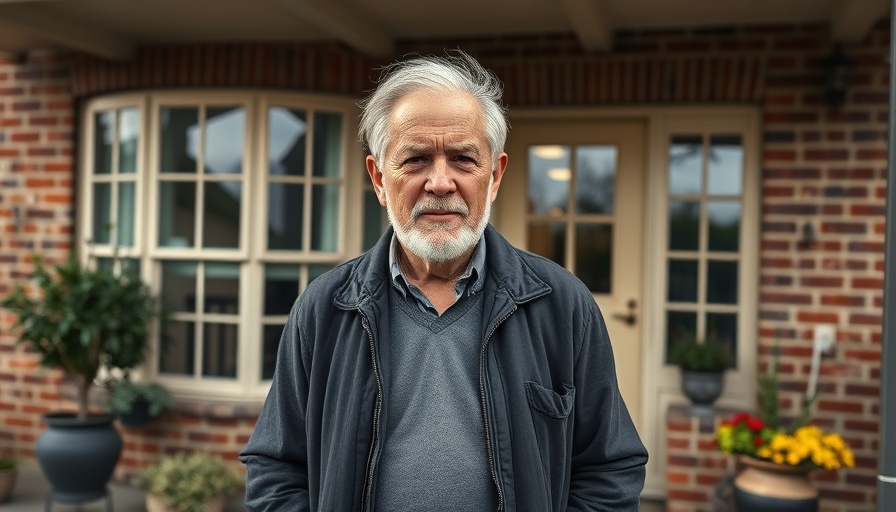
The Truth About Financial Freedom
In the current economic climate, where prices are skyrocketing and wallets are getting thinner, you might find yourself worrying about that magical $10,000 mark often touted as the gold standard for financial security. But let’s flip the script—what if you don’t actually need that lump sum? The truth is, financial stability isn’t just about having a big pile of cash saved up; it’s about knowing how to make your money work for you effectively.
In 'Why You Don’t Need $10,000', the discussion dives into practical budgeting strategies, exploring key insights that sparked deeper analysis on our end.
Understanding Financial Goals and Needs
When navigating through the world of personal finance, it’s essential to tailor your plans to your unique lifestyle and financial goals. For many budget-conscious individuals and families in the UK, thinking practically is crucial. Perhaps you want to invest in your future, save for a holiday, or pay down debt—these are valid aims that don't necessarily require a hefty $10,000.
Instead of focusing on an arbitrary sum, prioritize setting achievable milestones based on your own circumstances. For instance, starting with an emergency fund that amounts to three to six months’ worth of expenses can provide much more security than just having a random pile of cash sitting in your savings account.
Effective Strategies to Save More
Now, let’s talk turkey! What are some real strategies to keep more cash in your pocket without the $10K safety net? Here are a few tips that you might find handy:
- Embrace the Budgeting Mentality: A regular budget isn’t just a boring spreadsheet. It’s your new best friend! Track your income and expenses to identify where you can cut back and boost your savings.
- Prioritize Needs Over Wants: It’s time to differentiate between the things you need (like groceries) and the things you want (like takeout). Small changes here can lead to significant savings over time.
- Set Up Automatic Savings: Make saving a breeze! Set up automatic transfers to your savings account every payday, so you won’t even miss the money.
Learning From Real-Life Examples
The idea that you need a hefty sum before you can consider investing or merely securing your financial future is not just misleading, it's entirely counterproductive. Many successful investors began their journeys with much less than $10,000, taking baby steps towards their goals. Just look at the myriad of individuals who have turned small savings into significant investments over time. Every little bit helps!
Embracing Financial Education
Education is key in personal finance. Understanding the basics of investing, saving, and budgeting can empower you to make informed decisions that align with your financial objectives. There are plenty of free resources online (like budgeting apps or financial blogs) that can teach you essential money management skills tailored to navigating high living costs.
Final Thoughts on Financial Security
So, the next time someone tells you that you need $10,000 to be financially secure, remember that it’s not just about the amount of money you have—it’s about how smartly you manage what you do have. By implementing smart budgeting techniques, prioritizing your spending, and educating yourself, you can find financial peace of mind without feeling overwhelmed. Let the savings begin!
 Add Row
Add Row  Add
Add 




Write A Comment